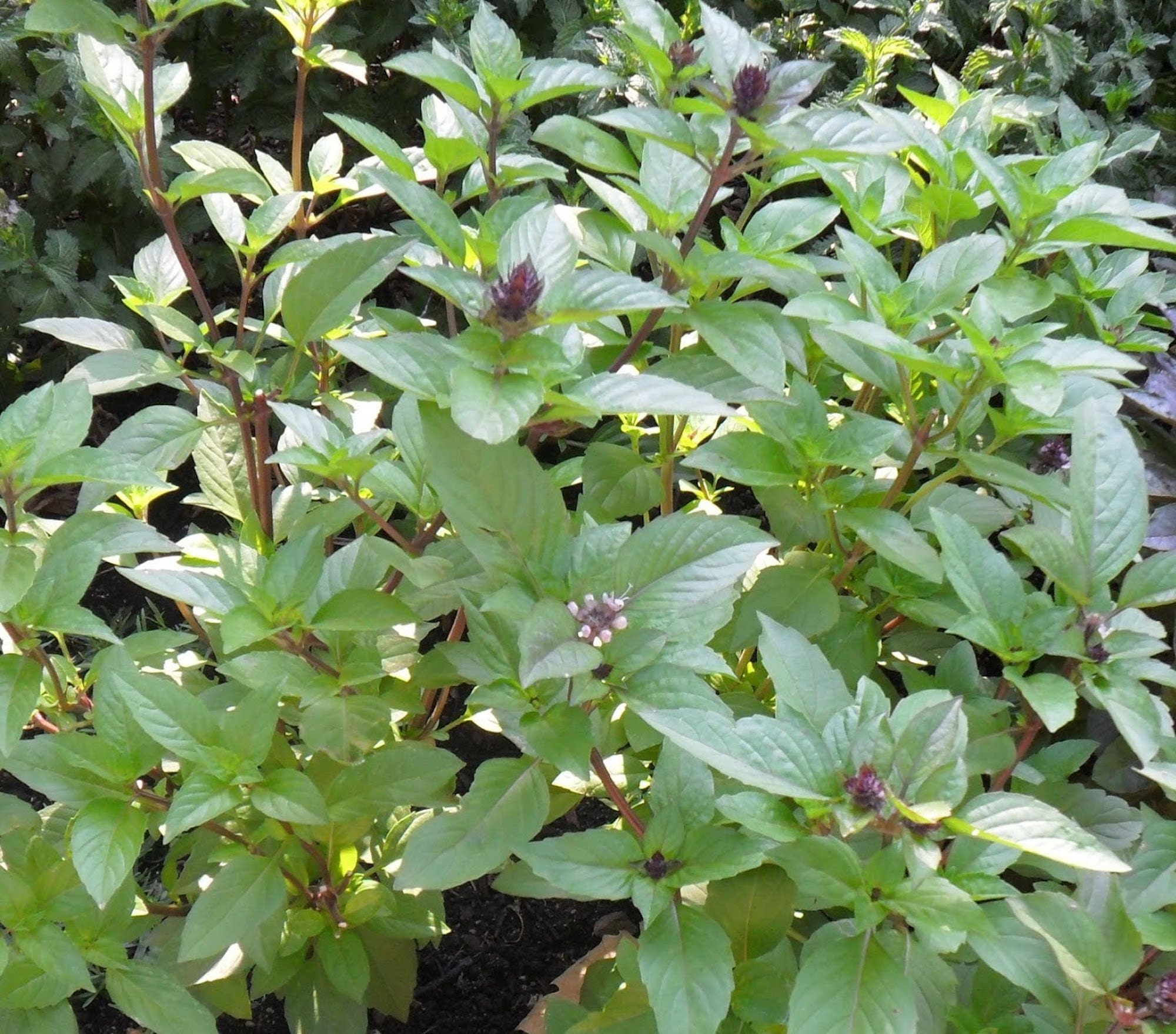Basil Cinnamon (Ocimum basilicum 'Cinnamon') is a delightful and aromatic herb known for its unique cinnamon-like fragrance and flavor. Whether you're an experienced gardener or just starting, this guide will help you successfully cultivate Basil Cinnamon from seeds. High-quality basil seeds and gardening supplies can be found at www.ezyseeds.com.
About the Plant
Description
Basil Cinnamon is recognized by its bright green leaves and a sweet, warm scent reminiscent of cinnamon. This variety adds a delightful twist to traditional basil dishes.
Origin
While basil originally hails from India, Basil Cinnamon is a specific cultivar selected for its distinctive flavor and aroma.
Usage
Basil Cinnamon is a versatile herb that can be used in various culinary applications. It pairs exceptionally well with fruits, desserts, and dishes that benefit from a hint of cinnamon-like spice.
Interesting Facts
- Basil has a rich history and has been used for centuries in cooking, medicine, and even religious ceremonies.
- The cinnamon-like scent of this basil variety can also act as a natural insect repellent.
USDA Hardiness Zone
Basil Cinnamon is typically grown as an annual herb and is not confined to USDA Hardiness Zones. It can thrive in a variety of climates, making it a great choice for both outdoor and indoor gardening.
Selecting Seeds
When choosing Basil Cinnamon seeds, keep the following factors in mind:
- Variety: Ensure you select Basil Cinnamon (Ocimum basilicum 'Cinnamon') seeds specifically.
- Quality: Opt for high-quality seeds from a reputable source like www.ezyseeds.com.
- Quantity: Determine the number of basil plants you want to grow based on your culinary needs.
Seed Germination
- Sowing Seeds: Plant Basil Cinnamon seeds directly in well-draining soil or start them indoors in seed trays. Sow the seeds approximately 1/4 inch deep.
- Warmth and Light: Basil thrives in warm conditions with plenty of sunlight. Ensure the soil temperature is around 70-80°F (21-27°C).
- Watering: Maintain consistent soil moisture without overwatering. Basil seeds typically germinate within 5-10 days.
Transplanting
Once your Basil Cinnamon seedlings have developed several sets of true leaves and are approximately 3-4 inches tall, they are ready for transplanting.
- Choosing a Location: Select a sunny location in your garden or a suitable container if growing indoors.
- Spacing: If planting multiple basil plants, space them about 12-18 inches apart to allow for proper growth and air circulation.
- Soil Preparation: Basil thrives in well-draining soil enriched with organic matter. Ensure the soil provides good aeration for healthy root development.
- Planting: Gently remove the seedlings from their containers or trays, taking care not to disturb the roots. Plant them at the same depth as they were in their original containers.
Care and Maintenance
- Watering: Basil Cinnamon prefers consistent moisture. Water regularly but avoid waterlogging, as basil is sensitive to overwatering.
- Mulching: Apply a layer of organic mulch around the basil plants to help retain moisture and regulate soil temperature.
- Pruning: Regularly pinch or trim the basil leaves to promote bushier growth. Remove any flowers that appear to encourage continued leaf production.
- Fertilization: Basil doesn't require heavy feeding. Use a balanced, water-soluble fertilizer sparingly.
Final Thoughts
Growing Basil Cinnamon brings a delightful cinnamon-like twist to your herb garden and culinary creations. Its unique fragrance and flavor make it a valuable addition to both sweet and savory dishes. For high-quality basil seeds and all your gardening needs, visit www.ezyseeds.com. With proper care and attention, you can enjoy the rich aroma and taste of Basil Cinnamon in your favorite recipes.
